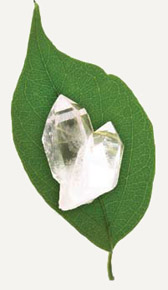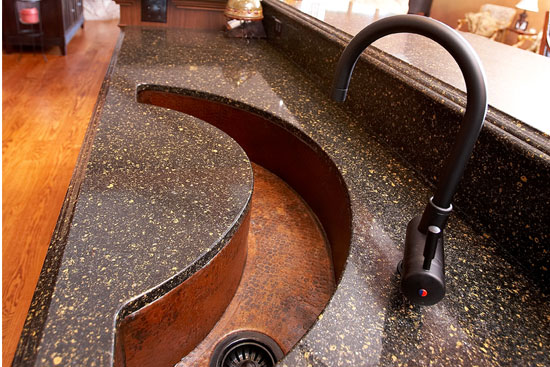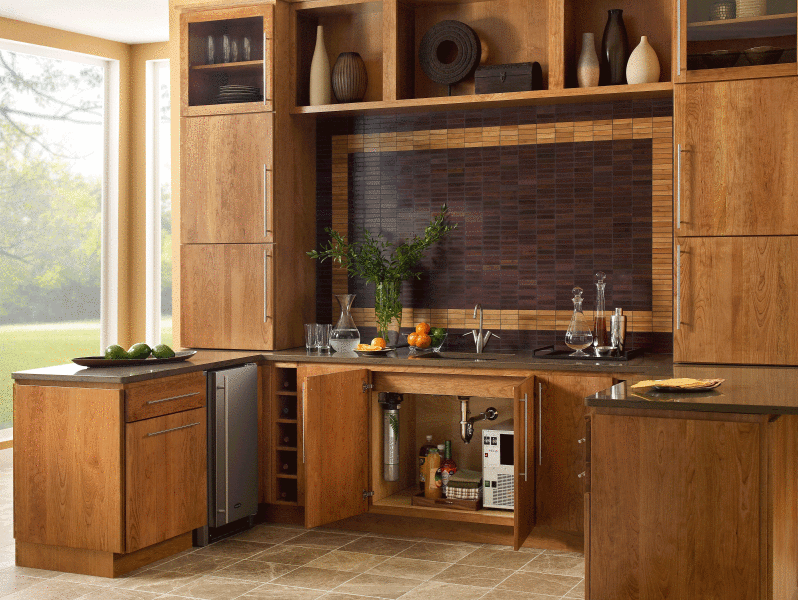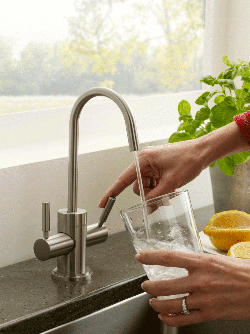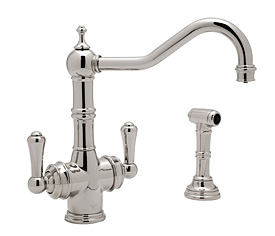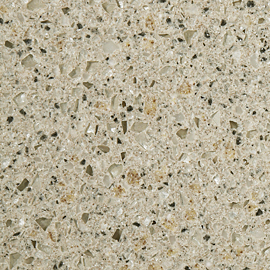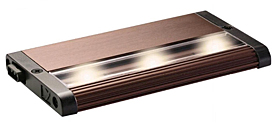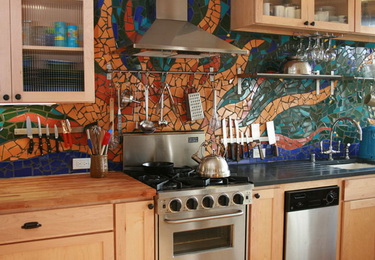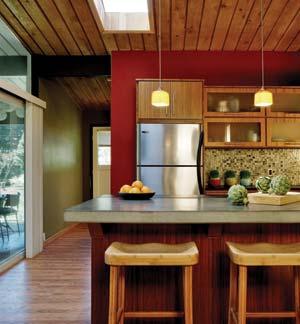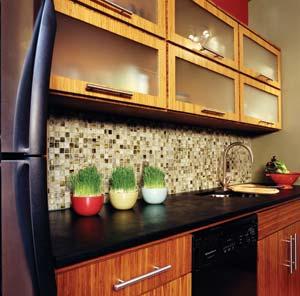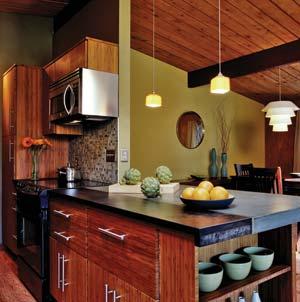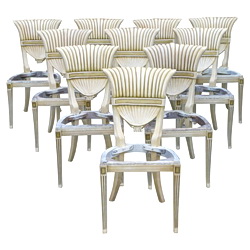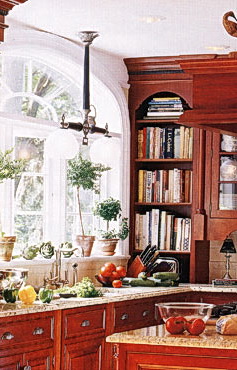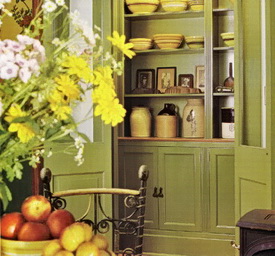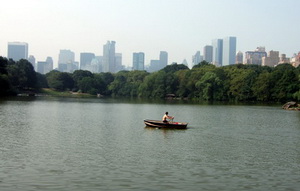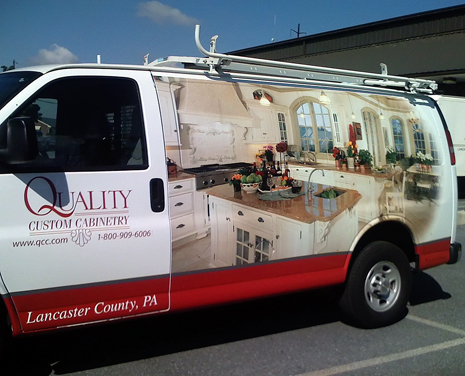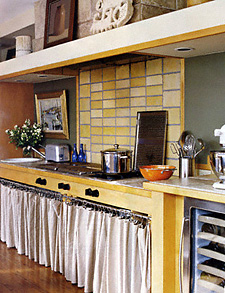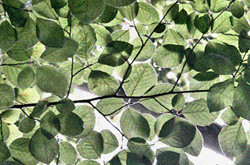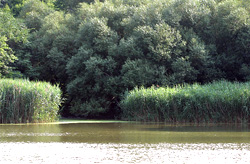Let's take a look at what's in the marketplace for green kitchen countertops! There is a surprising selection of materials, many of which are made from recycled materials. One of the principles of designing green is to buy for durability as well as for the long term. To that end, these materials should, ideally, be sampled before purchase, with a variety of products, such as:
ketchupred wine
worscestershire sauce
balsamic vinegar
coffee
lemon juice
oil
I would also recommend that you use sharp objects on the samples (except wood!) to determine hardness, scratch resistance, and so on. I strongly recommend living with samples under similar kitchen task conditions for a little while. It's important to see how products hold up before you purchase them! Looking at where the products are produced and their transportation path to your home is another consideration which goes along wtih any product under consideration. Following is a good start at a list of green countertop sources.
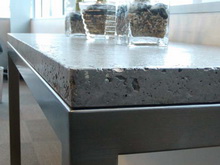 Shetkastone.com Shetkastone is a revolutionary product that has a 100% sustainable life cycle. Products that are produced from shetkaSTONE are manufactured from pre and post consumer waste paper and rely on using none of the Earth's overtapped resources. All by-products (waste created in the manufacturing process) can be recycled back into the manufacturing process.
Shetkastone.com Shetkastone is a revolutionary product that has a 100% sustainable life cycle. Products that are produced from shetkaSTONE are manufactured from pre and post consumer waste paper and rely on using none of the Earth's overtapped resources. All by-products (waste created in the manufacturing process) can be recycled back into the manufacturing process.
Eleek Eleek Recycled Aluminum Countertops are designed specifically to fit standard kitchen countertops. They are custom made to your specifications. Frontwrap, sidewrap and backsplash features can be built in, creating a sleek, modern integrated surface.
Lithistone Environmentally appropriate technologies are combined to create our proprietary mixes, which consist of a natural mineral binder, different grades of sand and stone, recycled material, and organic mineral pigments. Lithistone can be customized to meet virtually any specifications with regards to size, shape, colors, and textural variations.
Squak Mountain Stone A Fibrous-cement material comprised of recycled paper, recycled glass, coal fly-ash and Portland cement. Material is hand-cast into “slabs” as an alternative to natural or quarried stone. Resembles soapstone or limestones.
Trinity Glass Products Recycled glass and concrete countertops
Eco-top EcoTop is composed of a Forest Stewardship Council-certified 50/50 blend of bamboo fiber, a rapidly renewable resource, and recycled wood fiber salvaged from demolition sites. These materials are bound together by a water-based resin formula that is both petroleum-free and VOC-free. Because of this, EcoTop products can earn you up to six points on your next LEED project.
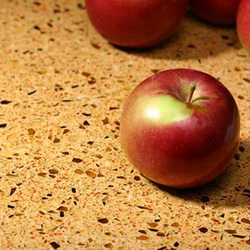 IceStone IceStone® durable surfaces are strong like granite, not as porous as marble and heat-resistant like stone. The chemical composition is benign and 99.5% inorganic making it a very safe material from the standpoint of toxicity and fire resistance. Due to its high recycled content and Cradle to Cradle Certification, IceStone® materials can be used towards LEED points.
IceStone IceStone® durable surfaces are strong like granite, not as porous as marble and heat-resistant like stone. The chemical composition is benign and 99.5% inorganic making it a very safe material from the standpoint of toxicity and fire resistance. Due to its high recycled content and Cradle to Cradle Certification, IceStone® materials can be used towards LEED points.
EnviroGlas EnviroGLAS Terrazzo is made of post-consumer and post-industrial recycled glass. Over 40 billion glass bottles are made every year, and 75% of them wind up in landfills. Many municipalities have stopped collecting glass for recycling due to a lack of market. We offer a solution to that problem. Each EnviroGLAS product is about 75% recycled glass and 25% binder by volume.
Richlite Richlite Company, a manufacturer of paper-based countertops, offers a collection of warm and natural-feeling surface materials that breathe new life into the kitchen, bath and office. Richlite’s® unique paper surfaces bring a soft and comfortable ambience to a room that's rarely achieved through cold, hard stone and plastic solid surfaces. It’s made from environmentally sustainable resources and is an attractive, durable, long-lasting material that complements a variety of design tastes.
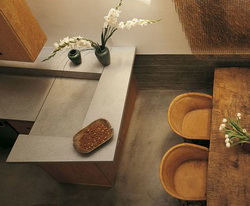 Avonite Avonite's solution has been to adhere to the principles of sustainable design - the art of designing and constructing building which comply with the principles of economic, social and ecological sustainability and conservation. Widely acknowledged as an innovator in solid surfacing, Avonite Surfaces has leveraged that excellence to create ecologically sound products which are cost-effective and elegant.
Avonite Avonite's solution has been to adhere to the principles of sustainable design - the art of designing and constructing building which comply with the principles of economic, social and ecological sustainability and conservation. Widely acknowledged as an innovator in solid surfacing, Avonite Surfaces has leveraged that excellence to create ecologically sound products which are cost-effective and elegant.
Alkemi Made from 60% post industrial aluminum waste and resins. It is strong and exquisitely beautiful to the eye. Surfaces may sanded and buffed to a matte or high gloss.
Vetrazzo All of the glass used in Vetrazzo is recycled, and it makes up about 85% of the total material. Most of the glass comes from curbside recycling programs. Other glass comes from windows, dinnerware, stemware, windshields, stained glass, laboratory glass, reclaimed glass from building demolition, traffic lights and other unusual sources. Every Vetrazzo surface has its own history. Due to its high recycled content, using Vetrazzo can help your project qualify for LEED certification.
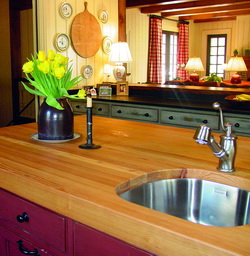 Craft-Art Company Wood countertops and reclaimed wood. Eight new reclaimed wood countertop options are now available from Craft-Art. The use of beautiful wood from the 1800s and 1900s, eco-friendly and functional, supports the goal to recycle the Earth’s resources as part of the sustainable building movement. Barn Red Oak, Chestnut, Beech, Heart Pine, Cypress, Barn White Oak.
Craft-Art Company Wood countertops and reclaimed wood. Eight new reclaimed wood countertop options are now available from Craft-Art. The use of beautiful wood from the 1800s and 1900s, eco-friendly and functional, supports the goal to recycle the Earth’s resources as part of the sustainable building movement. Barn Red Oak, Chestnut, Beech, Heart Pine, Cypress, Barn White Oak.
Endura Wood Products Endura Wood Products offers a wide variety of certified and rediscovered woods and wood products for homes and business. We believe that sourcing and offering only certified and rediscovered forest products is the best way to insure that our children can still see -- and use -- both the forest and the trees.
Syndcrete Natural cement based, pre cast product, green/sustainable, high recycled content, chemically inert, no off-gassing, aggregates: post consumer bottle glass, tempered glass, wood chips, metal shavings, shells, more. Contributes from 2-8 LEED points.
Bio Glass Glass is made of almost 100% crystalline silica in the form of quartz containing 70-72% weight % silicon dioxide. Bio-Glass consists of 100% recycled glass. Bio-Glass colors depend on recycled components (hollow glass, tableware, and/or factory shards)
Caeserstone CaesarStone is the first and only quartz surface to earn the ISO 14001 Certification for its compliance and commitment to the best green manufacturing processes. The company is committed to creating a better quality environment and is implementing procedures to prevent pollution and waste reduction at its manufacturing facility. In addition, CaesarStone is also certfied ISO 9002 (Quality Management standard) and NSF 51, is LEED (new commercial construction and major renovation projects) compliant and sports the Good Housekeeping Seal.
VitraStone We fabricate eco friendly sinks and surfaces made from a special blend of ceramic cement, fly ash, and recycled glass. VitraStone has a soft satin finish with endless color and design options. We offer a selection of standard sink and countertop systems along with a custom design service. We are available nation wide and will ship anywhere. For residential and commercial applications, VitraStone is a smart choice.
Take a look at this article on green countertops, very interesting. I hope to work toward seeing and handling all of these products personally and will report back as I do, as well as letting you know about other materials I come across. Please let me know if YOU have come across a green countertop material! Would you consider a green countertop product?
 BEFORE KITCHEN PLANReusing kitchen cabinets to create a new kitchen design is both a real challenge and extremely gratifying. I've done it, albeit in an experimental way in a previous personal kitchen. In my case, it was an opportunity to try out some design ideas and at the same time hold us over until we were ready for the big remodel down the road. Here is a reader's question on the topic of reusing kitchen cabinetry:
BEFORE KITCHEN PLANReusing kitchen cabinets to create a new kitchen design is both a real challenge and extremely gratifying. I've done it, albeit in an experimental way in a previous personal kitchen. In my case, it was an opportunity to try out some design ideas and at the same time hold us over until we were ready for the big remodel down the road. Here is a reader's question on the topic of reusing kitchen cabinetry: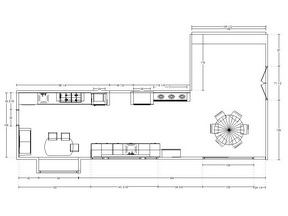 AFTER KITCHEN PLANHi Carly,
AFTER KITCHEN PLANHi Carly,  Of course, you should consider where your existing cabinetry offers the best access near certain appliances and work centers. Narrow drawer cabinets will be useful near the refrigerator or sink. Wider drawer banks or cabinets with doors will be useful near the cooking area.
Of course, you should consider where your existing cabinetry offers the best access near certain appliances and work centers. Narrow drawer cabinets will be useful near the refrigerator or sink. Wider drawer banks or cabinets with doors will be useful near the cooking area.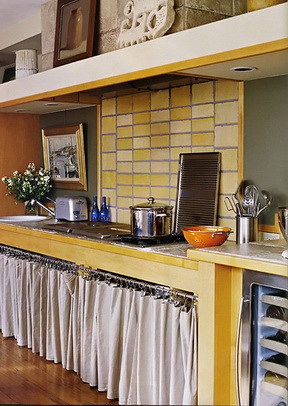 A trained eye knows how to configure different sizes and proportions of cabinetry. My advice would be to find a local kitchen design professional who can help you on a consultation, or hourly fee, basis at least to get you a head start.
A trained eye knows how to configure different sizes and proportions of cabinetry. My advice would be to find a local kitchen design professional who can help you on a consultation, or hourly fee, basis at least to get you a head start.

